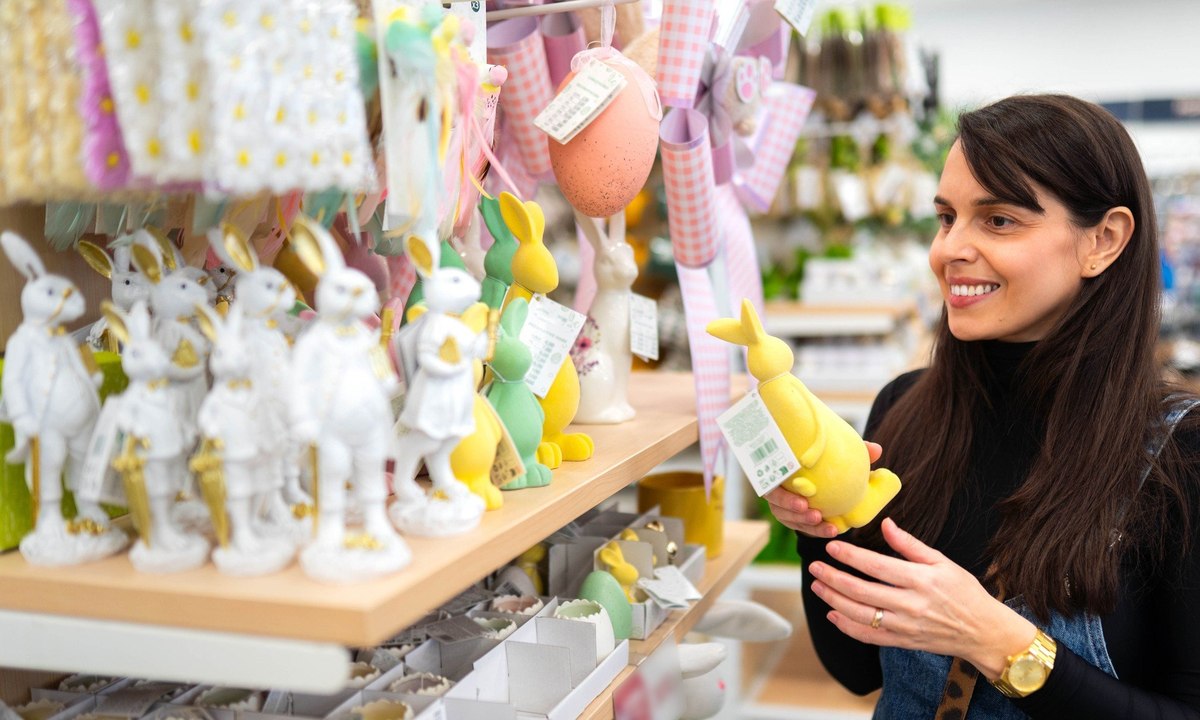
70% of US special occasion shoppers say price drives special occasion purchases
As retailers and brands look to better align with consumer behavior, understanding how shoppers engage with special occasion ranges — products designed for holidays, celebrations, and seasonal moments — can offer valuable direction. A recent YouGov Surveys: Serviced poll among US adults highlights key opportunities for brands and supermarkets to tailor product strategies and promotions to better meet consumer expectations when it comes to products for special occasions.
Special occasion shopping is common, but frequency varies by age
The survey shows that special occasion shopping is a common behavior, with nearly seven in ten US adults (68%) reporting they purchase these products either sometimes (39%), often (21%), or always (9%). Younger adults, especially those aged 25-34, are among the most engaged — 40% shop for these products sometimes, another 20% do so often and 10% always shop.
Gender differences are also visible: women are more likely than men to make these purchases often (24% vs. 17%).
Celebrations and holidays are the main purchase drivers
When it comes to the types of occasions that prompt this shopping behavior, celebrations like birthdays and anniversaries are the most common motivator amongst those who buy special occasion ranges (78%), followed closely by major events such as Christmas, Halloween, or Easter (75%). Interest in these events is significantly higher among women and adults aged 55 and older.
Other motivators include social events like parties and gatherings (40%), and seasonal themes (24%) such as summer BBQs or winter decor. Personal events such as movie nights or self-care weekends drive purchases for 18% overall, but appeal more strongly to younger adults — 32% of those aged 25–34 report buying for these types of moments.
Despite how common special occasion purchases are, only 9% of US special occasion shoppers say they always set aside a budget for them, and just 14% do so often. One in five (21%) never budget at all for these purchases.
Younger shoppers, especially those aged 18–24, are more likely to plan financially — 23% say they often budget, and 27% do so sometimes. In contrast, those aged 55 and older are the least likely to budget, with 30% saying they never do.
Price and practicality lead purchase decisions
Among the various factors influencing purchase decisions for special occasion ranges, price stands out as the top priority for consumers, with 70% saying it affects their choices. This number climbs to 75% among 18–24-year-olds and 73% among women.
Other key factors include product quality (43%), availability (37%), and convenience (32%). A third of shoppers also consider uniqueness when choosing products (32%). Less influential, but still notable, are recommendations from friends or family (26%) and brand promotions or discounts (24%).
Environmental and ethical factors influence only 12% of consumers overall, though these concerns are more prevalent among younger adults — 27% of 18–24-year-olds consider sustainability in their decisions.
Special occasion ranges could drive supermarket visits
Retailers may have an opportunity to boost traffic by offering curated special occasion ranges. When asked how much such offerings would influence their likelihood to shop at a supermarket more often, nearly half of special occasion shoppers (47%) said it would affect their behavior to some degree.
This includes 11% who say it would influence them a lot and 37% who say, a little. Adults aged 25–34 are the most receptive, with over half (56%) reporting some level of increased likelihood of shopping. Meanwhile, older adults are less likely to be swayed — 17% of those aged 55+ say it wouldn’t influence their behavior at all.
Methodology: YouGov Surveys: Serviced provides quick survey results from nationally representative or targeted audiences in multiple markets. This study was conducted online on March 26-31, 2025, with a nationally representative sample of 1,257 adults in the United States (aged 18+ years) of which 1,021 buy special occasion ranges, using a questionnaire designed by YouGov. Data figures have been weighted by age, gender, education and region to be representative of all adults. Learn more about YouGov Surveys: Serviced.
Image: Getty Images